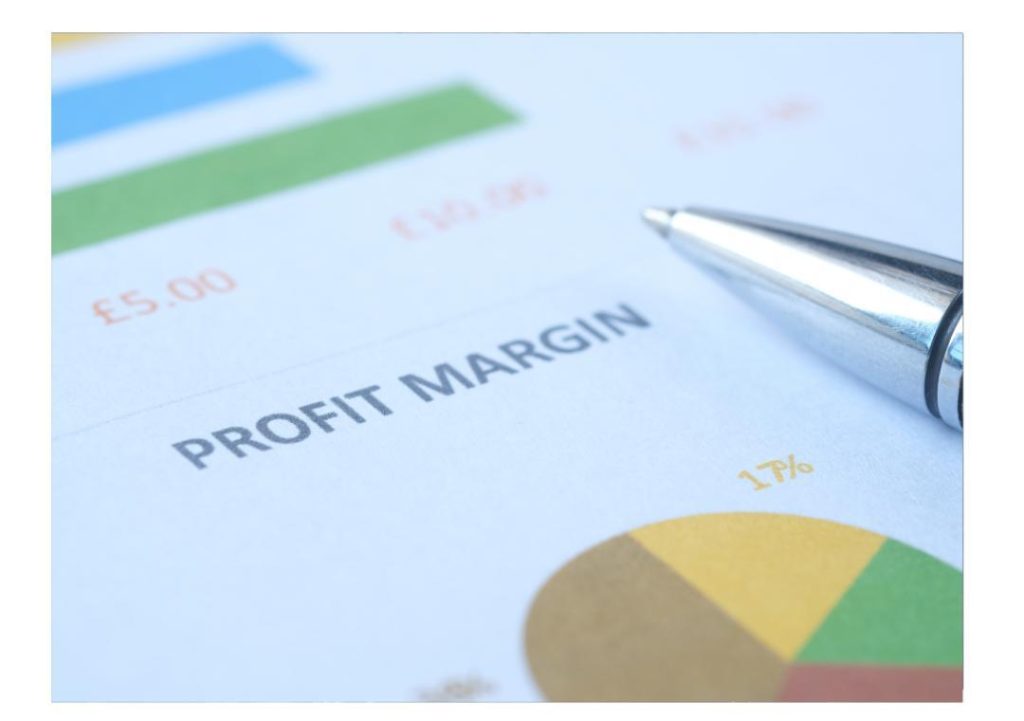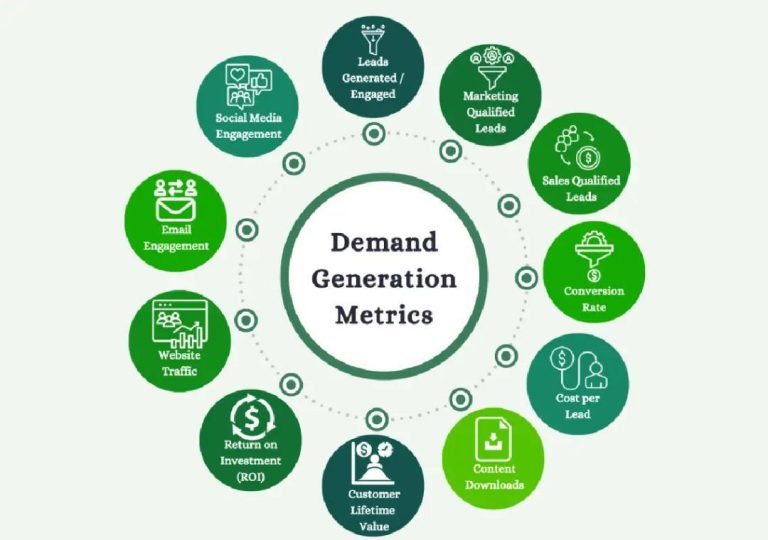
Profit Margins – Who is Winning? : D2C vs B2C
In today’s fast-paced consumer market, businesses are constantly seeking ways to increase their profit margins. One popular strategy is to adopt a direct-to-consumer (D2C) approach, which allows companies to bypass intermediaries and sell products directly to customers. But how does this approach compare to the traditional business-to-consumer (B2C) model? In this blog post, we’ll explore the key differences between D2C and B2C, and examine which approach tends to yield higher profit margins.
D2C: The Benefits of Direct-to-Consumer Sales
D2C brands have gained significant attention in recent years, with companies like Warby Parker, Dollar Shave Club, and Casper leading the charge. By selling products directly to consumers, D2C brands can eliminate the costs associated with intermediaries like wholesalers and retailers. This streamlined approach allows for better pricing control and increased revenue retention.
One of the primary benefits of D2C is the ability to build a strong brand reputation. By interacting directly with customers, D2C brands can gather valuable feedback and tailor their products and services to meet customer needs. This approach also enables companies to offer a more personalized shopping experience, which can lead to increased customer loyalty and retention.
In terms of profit margins, D2C brands tend to fare well. Without the need to pay intermediaries, D2C brands can maintain higher profit margins. According to a study by McKinsey, D2C brands can achieve profit margins of up to 30%, compared to just 10-15% for traditional B2C brands.
B2C: The Challenges of Intermediary-Driven Sales
On the other hand, B2C brands involve multiple parties in their sales process, including distributors and retailers. While this approach can provide access to a wider market, it can also lead to slimmer profit margins.
One of the primary challenges of B2C is the difficulty in maintaining control over pricing and product offerings. With multiple parties involved in the sales process, B2C brands may struggle to ensure that their products are priced correctly and that their brand message is being communicated effectively.
Another challenge of B2C is the lack of direct customer interaction. While B2C brands may be able to gather customer feedback through surveys and other means, they may not be able to build the same level of personal connection with customers as D2C brands.
In terms of profit margins, B2C brands tend to fare less well. According to a study by Harvard Business Review, B2C brands can expect to earn an average profit margin of just 10-15%. This is due in part to the costs associated with working with intermediaries, as well as the need to offer discounts and promotions to stay competitive.
The Verdict: D2C vs B2C Profit Margins
While both D2C and B2C models have their advantages and disadvantages, the data suggests that D2C brands tend to enjoy higher profit margins. By eliminating intermediaries and interacting directly with customers, D2C brands can maintain greater control over pricing and product offerings, leading to increased revenue retention and higher profit margins.
That being said, B2C brands are not without their strengths. By leveraging the expertise of intermediaries and reaching a wider market, B2C brands can still achieve significant revenue growth and market share.
Ultimately, the choice between D2C and B2C depends on a company’s specific goals and target market. For brands that value control and personal connection with customers, D2C may be the better choice. For brands that require access to a wider market and are willing to work with intermediaries, B2C may be the way to go.
Conclusion
In conclusion, the difference between D2C and B2C profit margins is a significant one. By selling directly to consumers, D2C brands can eliminate intermediaries and maintain higher profit margins. While B2C brands may struggle with pricing control and direct customer interaction, they can still achieve significant revenue growth and market share by leveraging the expertise of intermediaries.
As the consumer market continues to evolve, it’s likely that we’ll see more companies adopting a hybrid approach, combining elements of both D2C and B2C. Regardless of the approach, one thing is clear: in today’s competitive market, every percentage point of profit margin counts.
Source:
https://www.growthjockey.com/blogs/d2c-vs-b2c-key-differences






